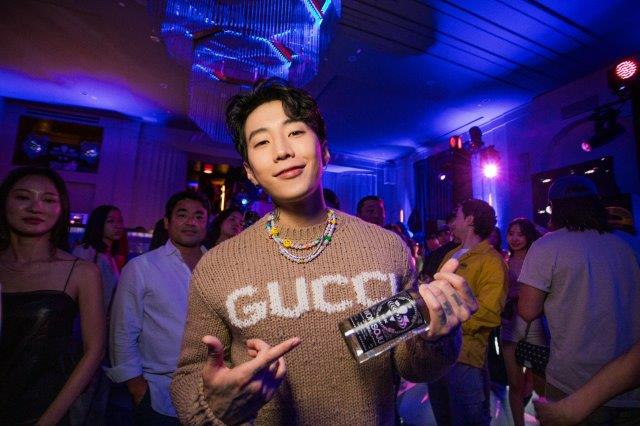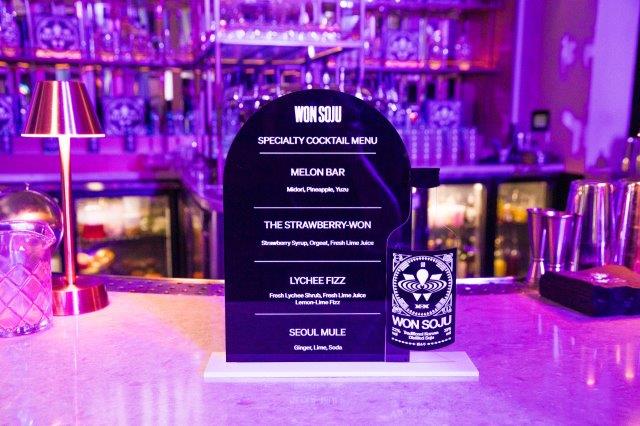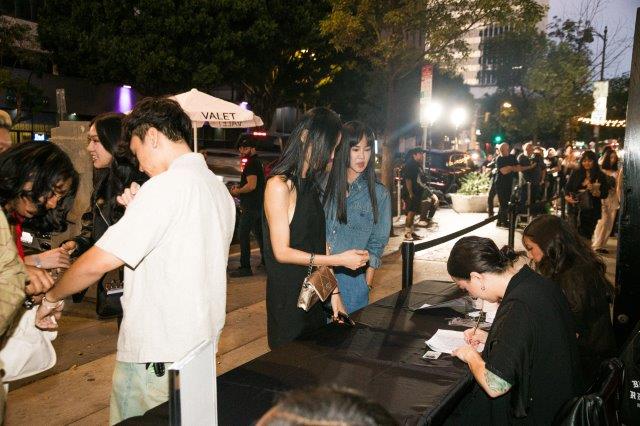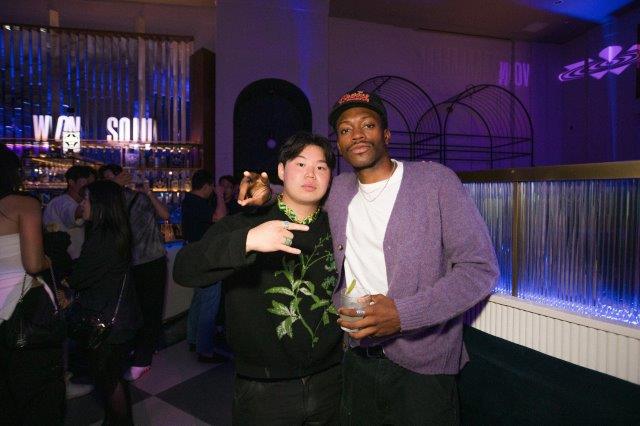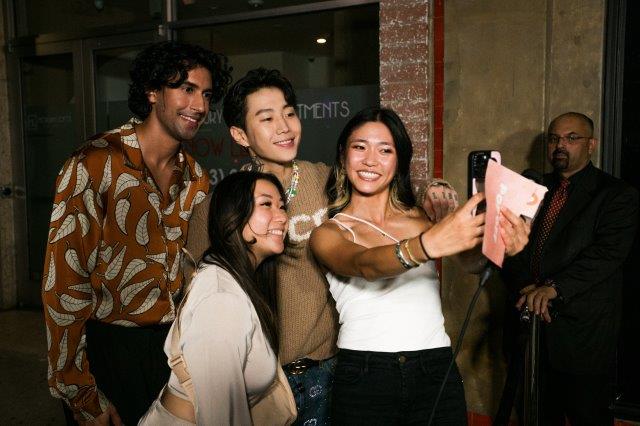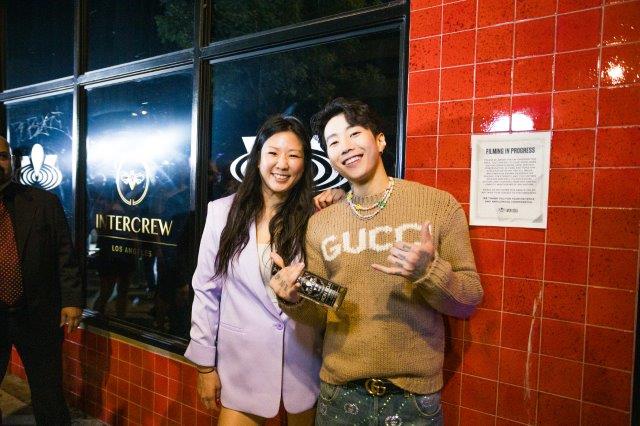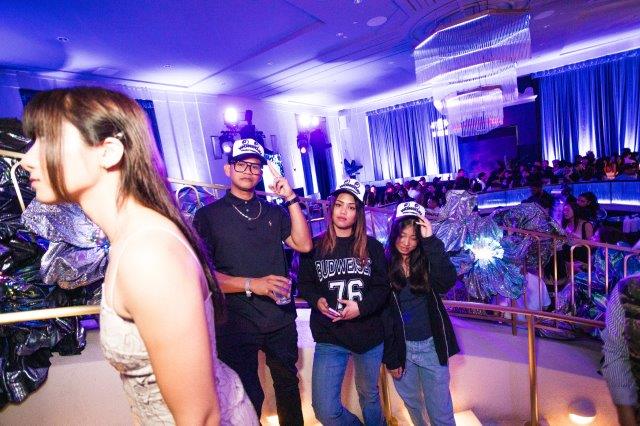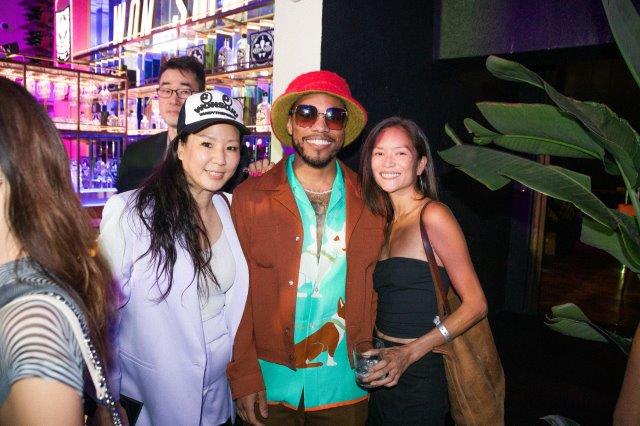From the gray skies of Seattle to the neon glow of Seoul, Jay Park’s odyssey isn’t just about crossing geographical boundaries—it’s about shattering glass ceilings. Born on April 25, 1987, in the Pacific Northwest, Jay’s artistic inclinations propelled him into the whirlwind world of Korean pop music. But calling Jay a mere K-pop artist is akin to saying the Pacific is just a pond. His artistry, drive, and business acumen have intertwined to create a legacy far beyond music. It’s no surprise that, by 2023, his monetary achievements, as reported by Allfamousbirthday, amount to an impressive net worth of $10 million.
Defying Expectations: Musical Mastery & Beyond
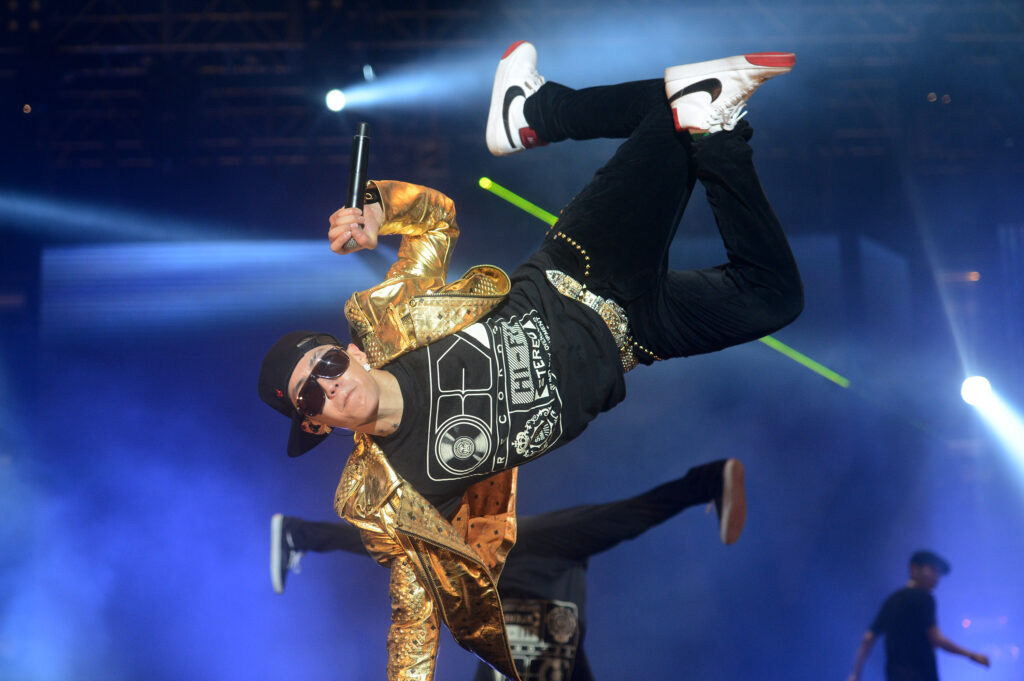
While K-pop idols often adhere to a meticulously curated image, Jay Park’s rise to prominence had its fair share of stumbles, including public controversies and parting ways with a major label. Yet, his music—infused with genuine R&B vibes and punctuated with hip-hop punches—found an audience that spanned continents. Collaborative endeavors with artists like Ugly Duck, Hoody, and international figures such as Charli XCX, magnify his adaptability and global resonance.
Intimate Strains: Behind The Limelight
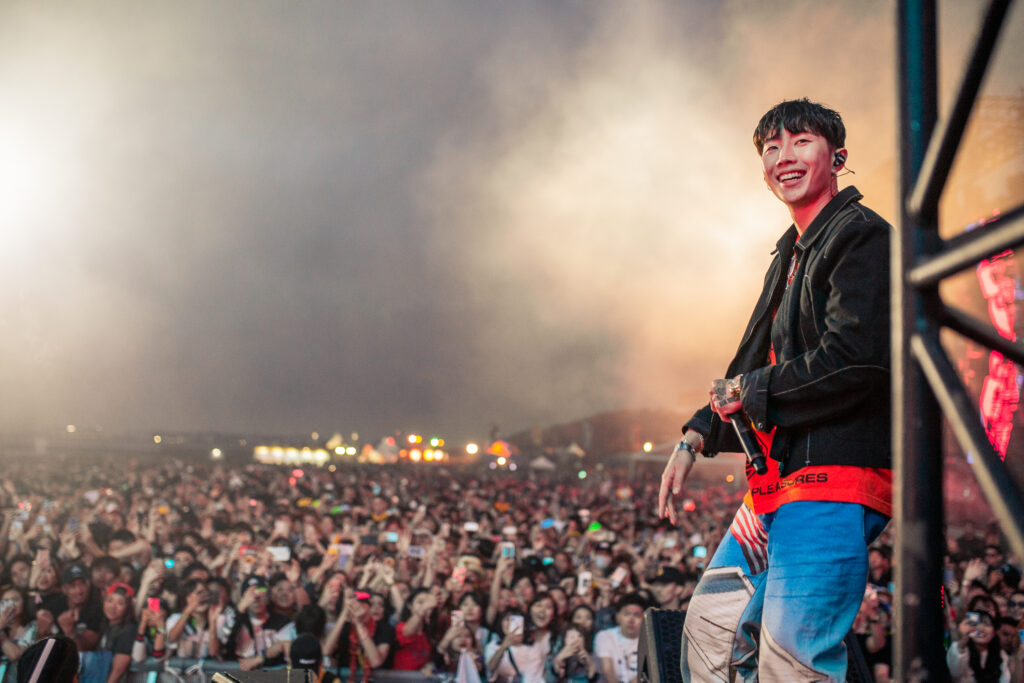
On the surface, Jay Park’s tattoos, chiseled physique, and infectious energy portray confidence. However, delving into his lyrical content reveals a vulnerable side, addressing personal battles, identity crises, and the duality of East-West cultural navigation. He’s not just selling records. He’s sharing stories etched in ink on his skin and in the lyrics of his ballads. Further, after parting ways with JYP Entertainment, many predicted a swift downfall for Jay. Enter AOMG, a defiant, game-changing retort. Not merely a music label, AOMG embodied Jay’s vision for a more liberated, authentic representation of music and artistry in South Korea. It wasn’t long before H1GHR MUSIC followed, further solidifying Jay’s credentials as a music mogul.
Trailblazing The Future: The Jay Park Legacy
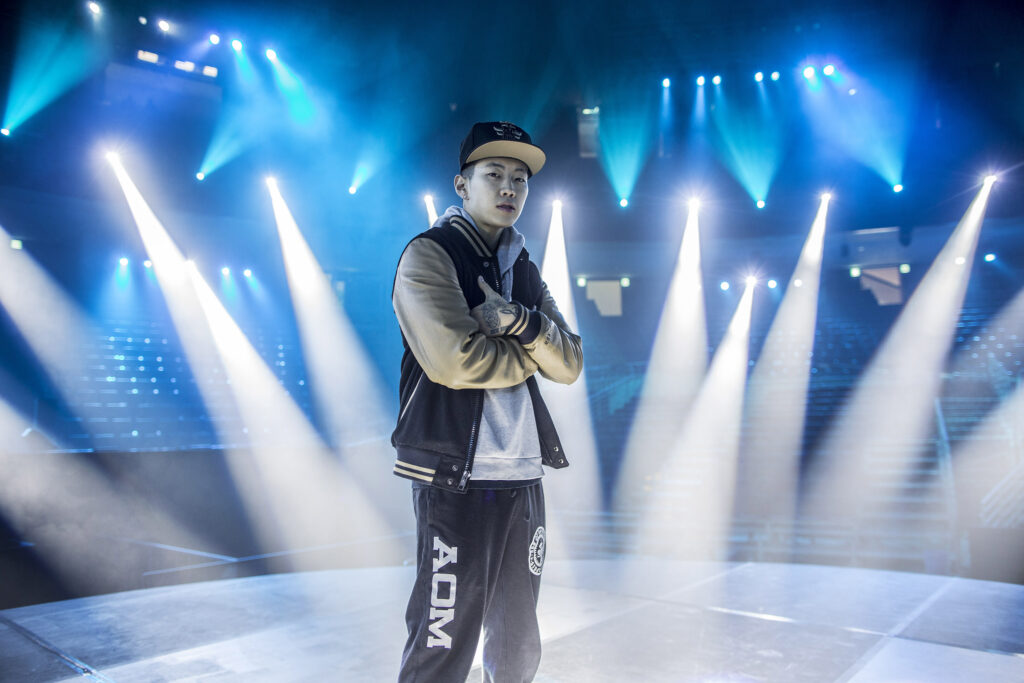
Today, Jay Park isn’t just remembered for his chart-topping hits or sizzling dance moves. He stands tall as an emblem of perseverance, a beacon for aspiring artists, and a bridge connecting disparate worlds. Through tumultuous waves and calm seas, Jay’s voyage remains a testament to the sheer force of will, talent, and entrepreneurial spirit.
The post Jay Park Net Worth 2023: What Is The Rapper Worth? appeared first on HotNewHipHop.

